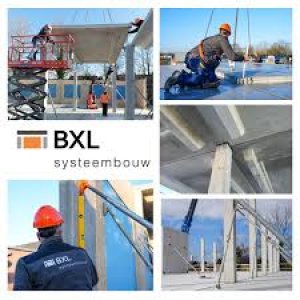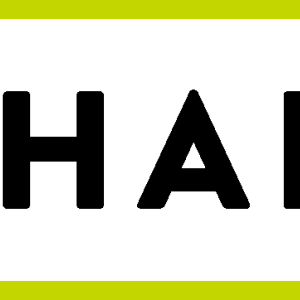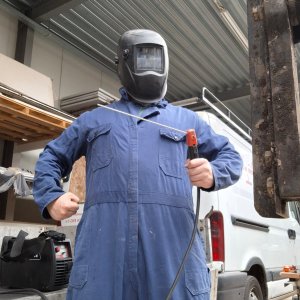Start-colloquium Stefan Schep
Shear resistance and Anchorage of longitudinal reinforcement in Autoclaved Aerated Concrete
Autoclaved Aerated Concrete is a building material that has been produced in the Netherlands as unreinforced blocks since 1953, and Reinforced Autoclaved Aerated Concrete since 1957. AAC is used mostly as wall panels for industrial buildings, but also floor and roof elements are used in various types of buildings. AAC is a lightweight concrete due to the air pockets inside the material, also no large aggregates are used in AAC. The main components are sand, cement and lime. A metal powder is added to the mix, often aluminium powder in the Netherlands. This powder reacts with the mix and produces gasses, which causes the mix to rise and create air pockets in the material. This mix is hardened and brought under high pressure and temperature in an autoclave. Due to the porous characteristics of the AAC, the reinforcement requires a protecting layer to prevent rusting of the reinforcement. This protective coating has a negative effect on the bond between the AAC and the reinforcement. Because of this, cross bars are used to transfer the forces from the reinforcement to the AAC. This contributes to the complexity of the shear failure mode. There is still a lot to learn about shear failure in AAC floor slabs. If the shear failure is better understood it can also be better predicted with theoretical models.



